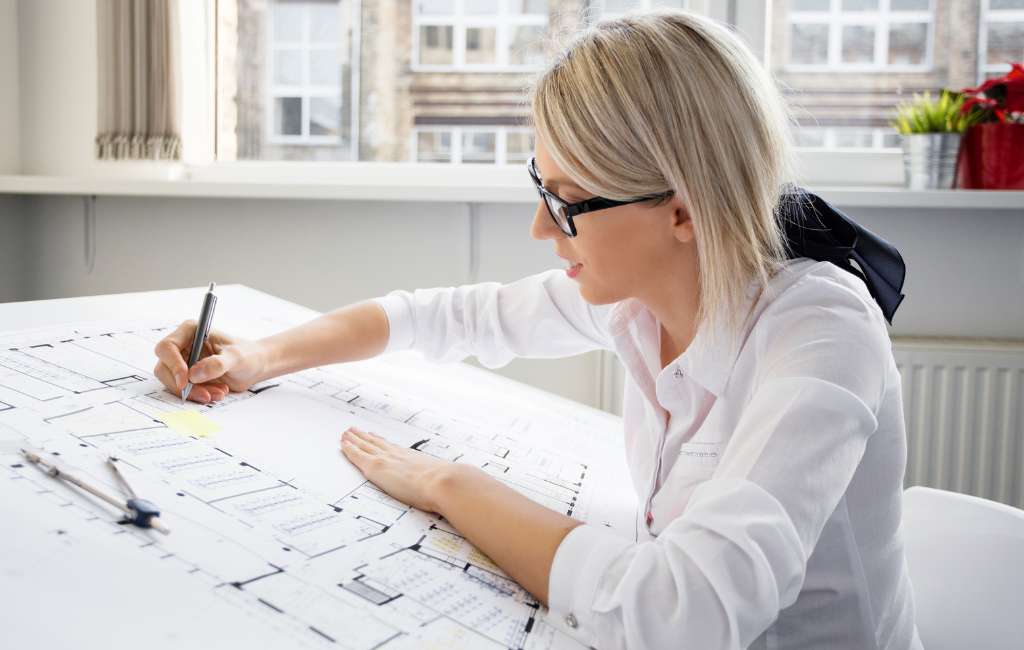Architect Concepts: Shaping Modern Spaces
Architecture has always been a reflection of society’s values, aspirations, and technological advancements. As we progress into the 21st century, the concepts driving architectural design are evolving rapidly. This article explores the innovative ideas shaping modern spaces, highlighting their impact on urban environments and individual experiences.
The Evolution of Architectural Design
Throughout history, architecture has undergone significant transformations. From the grandeur of ancient structures to the minimalist designs of the modern era, each period has left its mark. Today, architects are tasked with addressing contemporary challenges such as sustainability, urbanization, and technological integration.
Sustainability in Architecture
One of the most pressing concerns in modern architecture is sustainability. As environmental awareness grows, architects are increasingly focused on creating eco-friendly designs. This involves using sustainable materials, optimizing energy efficiency, and minimizing waste.
- Green roofs and walls to improve air quality and reduce heat.
- Solar panels and wind turbines for renewable energy.
- Rainwater harvesting systems to conserve water.
A notable example is the Bosco Verticale in Milan, Italy. These residential towers incorporate over 900 trees and 5,000 shrubs, significantly reducing pollution and providing a habitat for wildlife.
Urbanization and Smart Cities
As urban populations grow, cities face the challenge of accommodating more people without compromising quality of life. Smart city concepts are emerging as a solution, integrating technology to enhance urban living.
- Intelligent transportation systems to reduce congestion.
- Smart grids for efficient energy distribution.
- IoT devices for real-time data collection and analysis.
Songdo International Business District in South Korea exemplifies a smart city, with its advanced infrastructure and technology-driven services designed to improve efficiency and sustainability.
Technological Integration in Design
Technology is revolutionizing architectural design, offering new possibilities for creativity and functionality. From 3D printing to virtual reality, these tools are reshaping how architects conceptualize and execute projects.
- 3D printing for rapid prototyping and construction.
- Virtual reality for immersive design visualization.
- Building Information Modeling (BIM) for collaborative planning.
The use of 3D printing in the construction of the Dubai Municipality building demonstrates the potential of this technology to reduce costs and construction time while maintaining high standards of quality.
Case Studies: Innovative Architectural Projects
Several projects around the world exemplify the innovative concepts driving modern architecture. These case studies highlight the diverse approaches architects are taking to address contemporary challenges.
The Edge, Amsterdam
The Edge is often cited as the world’s most sustainable office building. Located in Amsterdam, it utilizes smart technology to optimize energy use and enhance employee well-being. Features include:
- Solar panels covering the entire roof.
- Smart lighting systems that adjust based on occupancy and natural light.
- Aquifer thermal energy storage for heating and cooling.
This building sets a benchmark for sustainable office design, demonstrating how technology can be harnessed to create efficient and comfortable workspaces.
Marina Bay Sands, Singapore
Marina Bay Sands is an iconic example of integrating luxury with innovative design. Its unique structure includes a sky park that spans across three towers, offering panoramic views of Singapore’s skyline. Key features include:
- An infinity pool that appears to merge with the sky.
- Advanced engineering to support the sky park’s weight.
- Integration of art and culture within the complex.
This project illustrates how architectural design can create landmark structures that become symbols of a city’s identity.
The Future of Architectural Concepts
As we look to the future, architectural concepts will continue to evolve, driven by emerging technologies and changing societal needs. Architects will play a pivotal role in shaping spaces that are not only functional but also enhance the human experience.
Biophilic Design
Biophilic design emphasizes the connection between humans and nature, incorporating natural elements into built environments. This approach is gaining traction as research shows its benefits for mental health and productivity.
- Natural light and ventilation to improve indoor air quality.
- Incorporation of plants and water features.
- Use of natural materials and textures.
Biophilic design is expected to become a standard practice in future architectural projects, promoting well-being and sustainability.
Adaptive Reuse
Adaptive reuse involves repurposing existing structures for new functions, preserving historical value while meeting modern needs. This approach is gaining popularity as a sustainable alternative to new construction.
- Conversion of industrial buildings into residential spaces.
- Transformation of old warehouses into cultural centers.
- Renovation of historic sites for contemporary use.
Projects like the Tate Modern in London showcase how adaptive reuse can breathe new life into old structures, creating vibrant community spaces.
Conclusion
Architectural concepts are continuously evolving, driven by the need to address contemporary challenges and enhance human experiences. From sustainability and smart cities to technological integration and biophilic design, these ideas are shaping the spaces we inhabit. As architects continue to innovate, the future promises exciting developments that will redefine our built environment.
